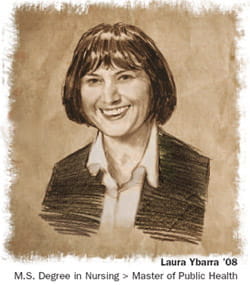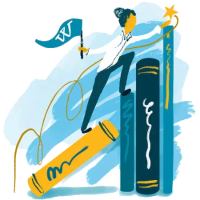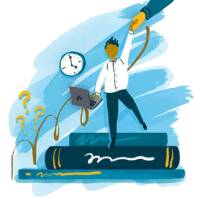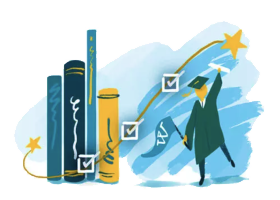Laura Ybarra goes to great depths to treat America's most isolated patients.
In the bedroom of her Tucson, Arizona, home, in the calm of evening after a taxing day, Laura Ybarra, a 50-year-old home health care nurse, packs camping gear into a duffle bag in preparation for life at the bottom of the Grand Canyon.

A Master of Public Health student at Walden University, Ybarra says she's still not sure if her new canyon home has Internet access. I was told the clinic has it, she says. So if I have to, I'll stay after work and do my coursework.
For as long as Ybarra can remember, she has wanted to work for the U.S. Department of Health and Human Service's Indian Health Service program. Her career began 12 years ago in Southern California on the Pala Indian Reservation. As a senior at Point Loma Nazarene University's School of Nursing in San Diego, Ybarra was the first student allowed to do an internship on Mission Indian territory.
Her first few house calls were contentious. Patients were distrustful of outside help. One diabetic woman padlocked the chain-link fence in front of her house to avoid treatment. Undeterred, Ybarra climbed the woman's fence with a cooler full of insulin.
I allowed her to speak her peace and I constantly came back to check on her, says Ybarra. Little by little she let her guard down.
Drawing on her own Yaqui Indian heritage, the soft-spoken nurse was able to break through cultural barriers, educating patients about diabetes, depression, and breast cancer.
I gave them all the time they needed, she says. The whole picture, physically, emotionally, and spiritually.
When the internship was over, tribal leaders hired her on a full-time basis. Three and a half years later, she left to pursue a public health position with Paiute Indian tribes outside of Reno, Nevada. Low wages and high living expenses forced her to work for a home health care agency instead.
In August 2008, Ybarra earned her MS in Nursing with a specialization in Education from Walden, which she used to teach cultural sensitivity classes to other home health care nurses.
Using the critical-thinking skills and assignments she completed at Walden, Ybarra developed programs and questionnaires to help nurses understand ingrained cultural mores in Hispanic and Native American households.
I didn't know I had it in me, she says. The discussions I had with Walden students and teachers just blew me away. Whenever I'd find myself critically thinking, it was like whoa, let's apply this to an in-service class.
Ybarra says her next goal is to obtain a PhD in Public Health from Walden. She wants to focus her research on Native American healthcare to introduce pre-natal and eldercare programs to Indian tribes living in Southern California, Nevada, and Arizona.
I've always felt like public health was my calling, says Ybarra. If you work in a hospital, it's always go, go, go. I don't want my patients to feel like they're being rushed.
The first public health nurse in three years to live inside the Grand Canyon, Ybarra admits she's so enamored with the Havasupai's research potential that she's given little thought to how she'll actually reach the canyon floor.
Residents of Supai, Arizona, have three choices of transportation when descending the canyon walls: hike eight miles to the bottom, pack light and take a pack-mule, or hitch a helicopter at Hualapai Hilltop.
True to her bold-but-practical instinct, Ybarra says, I'm leaning helicopter.
—Heidi Kurpiela



